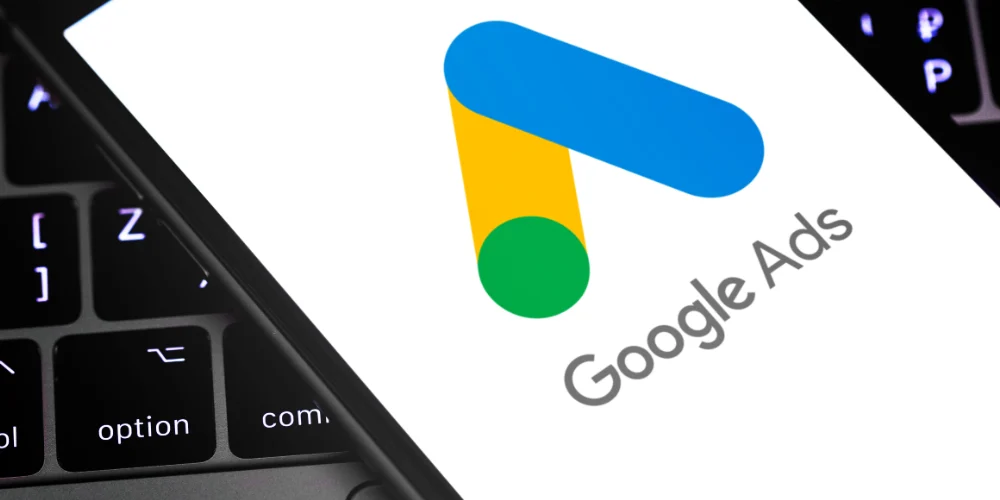Mastering Analytics for Effective Google Ads Campaigns
How do I track the performance of my Google Ads campaign? Effectively tracking the performance of your Google Ads is a powerful tool that puts you in control of your online marketing efforts. This article will empower you with the knowledge of tools and metrics to monitor and refine your digital advertising campaigns.
Setting Up Google Ads for Tracking
Set up your Google Ads account to track conversions and other interactions before tracking metrics. Integrate Google Ads with Google Analytics to view user behaviour across your paid search campaigns comprehensively. Linking these accounts allows you to track visitor activities from clicks to conversions.
Understanding Key Performance Indicators (KPIs)
Identifying the right KPIs is vital for measuring the success of your search advertising campaigns. Key metrics include click-through rate (CTR), cost-per-click (CPC), conversion rate, cost per acquisition (CPA), and return on ad spend (ROAS). Each indicator provides insights into different aspects of campaign performance, from user engagement to financial efficiency.
Utilising Conversion Tracking
Conversion tracking is essential for understanding how effectively your digital advertising campaigns drive target actions, such as sales or sign-ups. Setting up conversion tracking in Google Ads involves creating a conversion action in your account and generating a unique code snippet for your website’s confirmation or thank you page.
Analysing Click-through Rates and CPC
The CTR of your online ads is a strong indicator of how relevant and appealing your ads are to your target audience. A low CTR might suggest that your ads or keywords must be refined. Similarly, monitoring your CPC helps you manage your budget efficiently, ensuring you pay the appropriate amount for clicks compared to the potential return.
Exploring Advanced Metrics: CPA and ROAS
Cost per acquisition (CPA) helps you determine the cost of acquiring a customer through your Google Ads. This metric is crucial for budgeting and assessing the financial viability of your keyword advertising. Return on ad spend (ROAS) measures the total revenue generated for every dollar spent on your ads, providing a direct insight into the profitability of your campaigns.
Segmentation and Targeted Advertising
Segmentation involves breaking your audience into smaller, targeted groups based on their behaviours or characteristics. This enables more precise targeting and personalisation in your PPC campaigns, leading to higher conversion rates and more efficient ad spending.
Using Reporting Tools to Monitor Campaigns
Google Ads provides various reporting tools that allow you to create custom reports to track your campaigns’ performance over time. These tools can help you visualise data trends, compare campaign results, and make informed decisions based on comprehensive data analysis.
Leveraging Competitive Analysis
Understanding how your campaigns perform against your competitors is also essential. Utilise tools like Google’s Auction Insights to see how your ads compare regarding impression share, overlap rate, and position above rate. This information can guide strategic adjustments in your bidding strategies and ad placements.
You are committed to your Google Ads strategies by continuously tracking and analysing these metrics. This commitment ensures they not only meet but exceed your marketing objectives. Effective tracking is the key to turning data into actionable insights, which leads to more successful and profitable digital advertising campaigns.

















